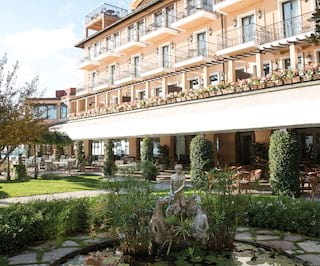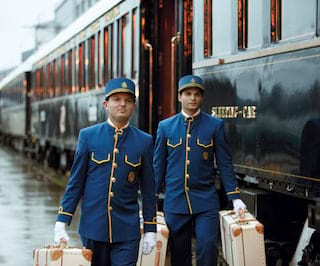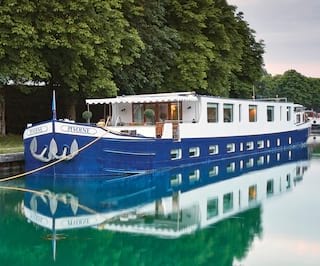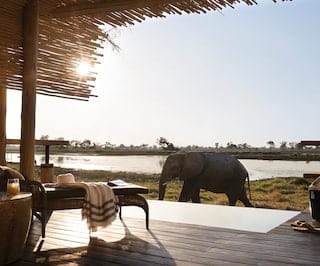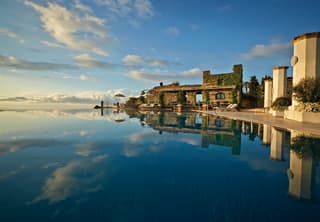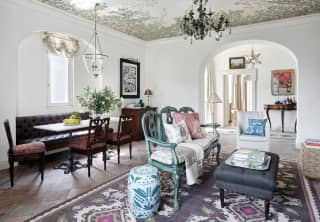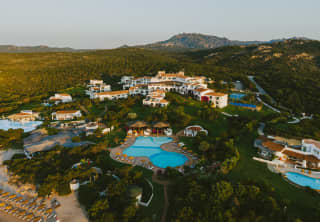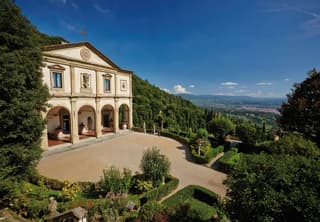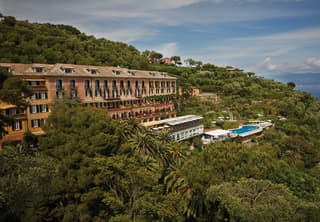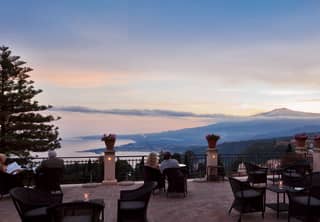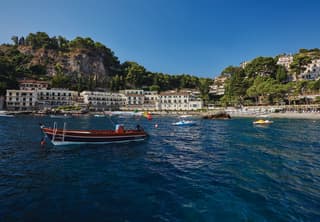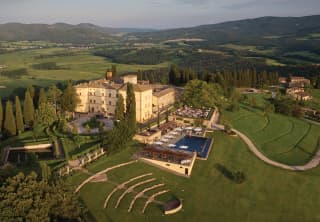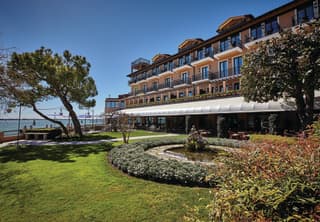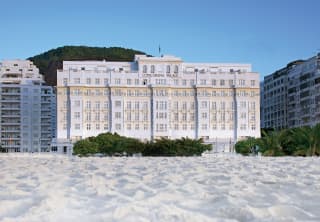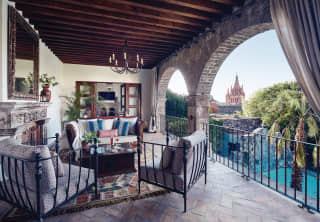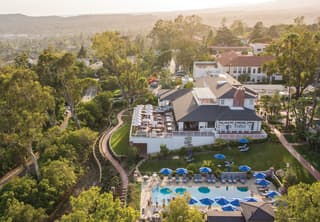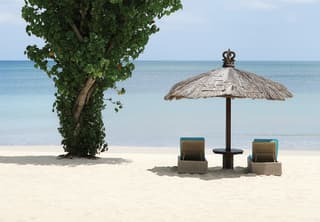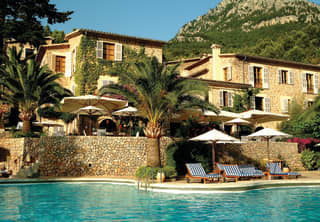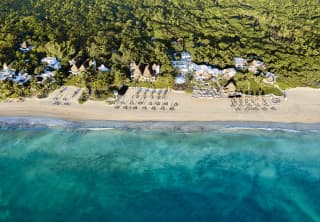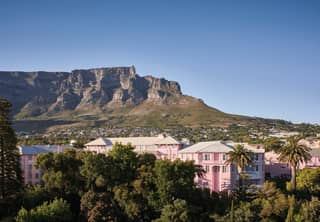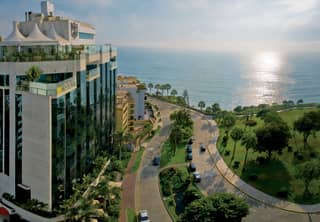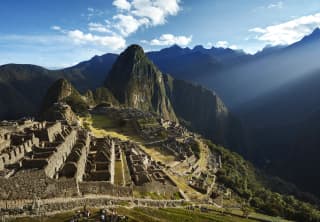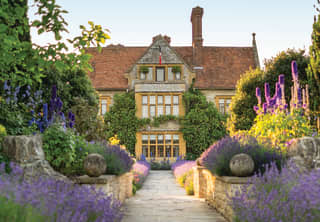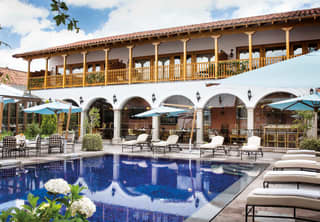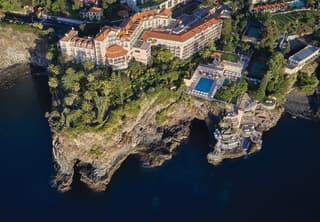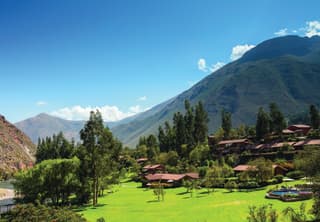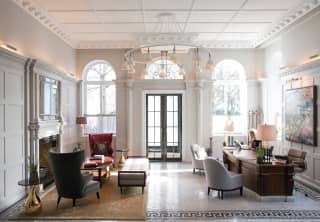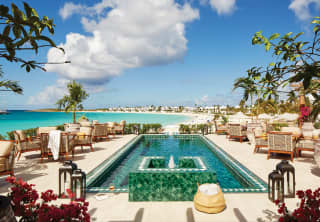Champagne—The Spirit of the Region
Article
Champagne—The Spirit of the Region
Something new sparkles in the region of Champagne. France’s Marne Valley overflows with stories from the past.
Champagne needs no introduction, famous for producing the world’s favourite liquid gold. Yet to truly understand the spirit of the region, you must ‘go with the flow’ of the Marne—the river that carves a course through the heart of Champagne, carrying the history of this region’s bubbly beverage.
EARLY VINTAGES
The first settlers in the Marne Valley were neolithic, drawn to the shelter of the surrounding hills and woodland. However, it was the later Roman settlers who proved most influential. Winding through a 514 kilometre stretch of eastern France all the way to Paris, the Marne river was an excellent trading route, and the banks were perfect for planting vines.
In its earliest form, Champagne’s wine was a light and fruity red. But the Champenois couldn’t match the quality achieved by their Burgundian neighbours. The colder northern climes proved to be a menace for ripening grapes and the result was an acidic sharpness in the wine. Seeking to draw passing trade up river from Burgundy, they began to diversify and produce white wines instead.
A ROYAL SEAL OF APPROVAL
In a turn of fortune for Champagne, Emperor Charlemagne developed a fondness for the region. Reims was a popular meeting point for the Emperor and Pope Leo III, and later became the crowning place for the French monarchy. Coronations were celebrated with vast quantities of the region’s wine. Patrons declared it the best in France, and the royal association did wonders for its reputation and popularity. Soon, the ever-fashionable Parisians had large orders floated down the Marne to the city. Not to be outdone, the English also imported vast quantities, their status as a wealthy and powerful nation further adding to its popularity.
IMPERFECT PERFECTION
Bubbles in champagne were originally considered a fault by the Champenois. During the winter months the fermentation process was halted by cool temperatures, beginning again when the wine was stored in warmer conditions. Pressure from the carbon released by fermentation would create the synonymous sparkle. Contrary to popular belief, the father of champagne, Dom Pierre Perignon was not responsible for popularising the bubbles. Instead he dedicated much of his time to perfecting the harvest and fermentation process, aiming to reduce the chance of a hazardous fizz. It was often the cause of explosions in the cellars that would utterly devastate stocks.
Controversially, it is the English who are credited with encouraging the sparkle. Often large barrels were shipped to England’s shores and bottled using stronger coal-fired glass, better able to withstand the pressure. Unfortunately, the sparkling variety was often accompanied by sediment trapped in the neck of the bottles. It was the revolutionary Madame Clicquot who first developed the process of ‘riddling’, releasing a portion of champagne from the bottle neck. The pressure would eject the sediment, and a sugared mix of wine would be added to replace the lost liquid and maintain the bubbles. The result became very popular with the Russian market during the Napoleonic wars.
WAR AND TASTE
The great champagne houses appeared in the 17th century, settling alongside the Marne at Epernay. Grape harvests were selected and bought by houses like Veuve Clicquot and Moët & Chandon, who would press the grapes in-house. Salesmen were hired to bring samples to the wealthiest clients, many of whom operated in secret during the French revolution. It was even said that champagne ambassadors arrived in Moscow ahead of Napoleon, on hand with large crates ready to celebrate or commiserate. Madame Clicquot was the first to tailor the sweetness of champagne to market tastes by adding more sugar during the riddling process. This practice was soon adopted by the remaining champagne houses, before a passion for the drier brut varieties prevailed.
TIME FOR A TOAST
From sweet sparkles to bracing bruts, the history of champagne has always followed the flow of the market and the most navigable trade routes from the vineyards.Far from just a simple trading trail, the Marne also offers some of France’s most beautiful scenery. The gentle pace and elegant setting of the river echo the way in which champagne should be enjoyed—relaxed indulgence.
Glide along the Marne with Les Bateaux Belmond. Explore Champagne’s iconic towns from Ay to Epernay as well as Dom Perignon’s tomb at Hautvillers. A private guide ensures that none of these treasures are left unexplored, while an on board chef spoils you with local delicacies. A heated pool on the deck is the perfect spot to unwind with a glass of bubbly. Santé! By Olivia Maclean
